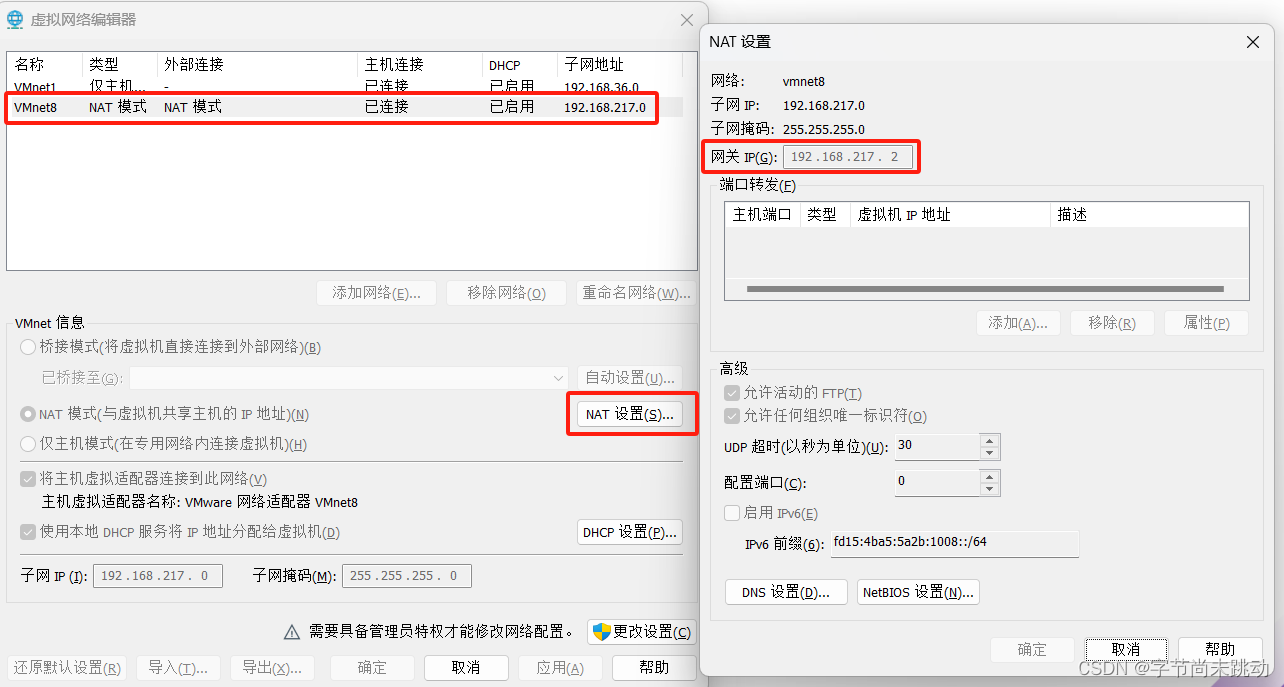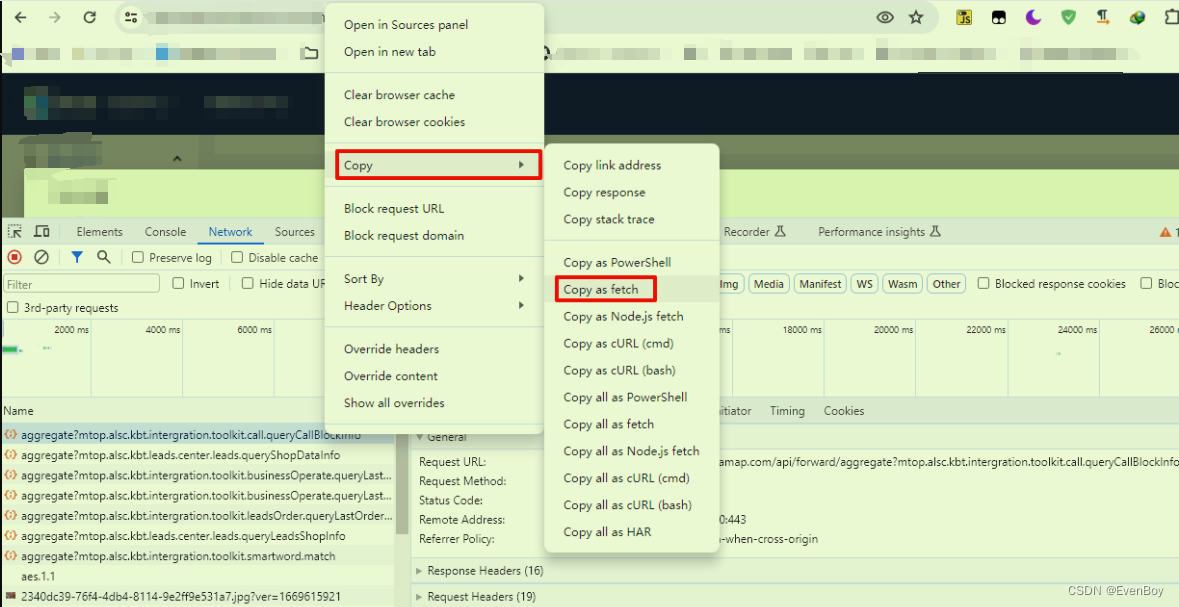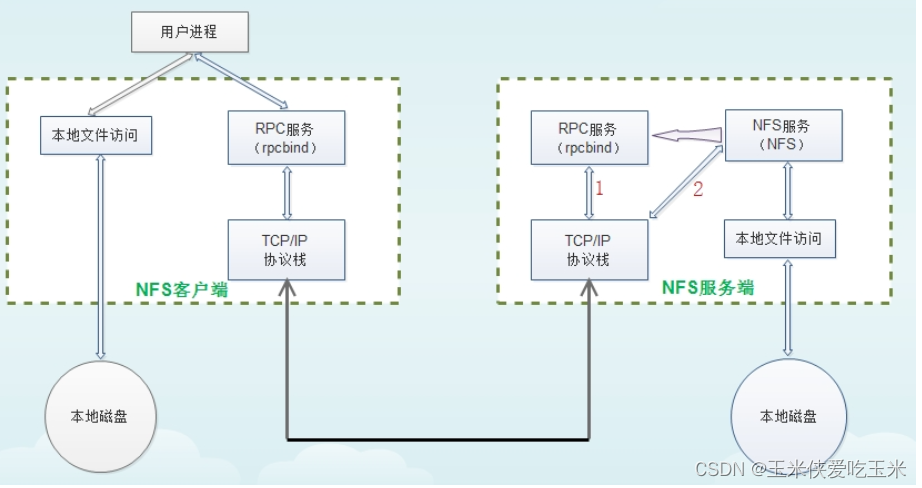

This post was originally published on the Mellanox blog.
Network File System (NFS) is a ubiquitous component of most modern clusters. It was initially designed as a work-group filesystem, making a central file store available to and shared among several client servers. As NFS became more popular, it was used for mission-critical applications, which required access to storage. Next, migration to higher performing networks was implemented to improve client-to-NFS communications. In addition to higher networking speeds (today 100 GbE and soon 200 GbE), the industry has been looking for technologies that offload stateless networking functions that run on the CPU to the IO subsystems. This leaves more CPU cycles free to run business applications and maximizes the data center efficiency.
One of the more popular networking offload technologies is RDMA (Remote Direct Memory Access). RDMA makes data transfers more efficient and enables fast data movement between servers and storage without involving its CPU. Throughput is increased, latency reduced, and CPU power is freed up for the applications. RDMA technology is already widely used for efficient data transfer in render farms and large cloud deployments, including the following:






![[网鼎杯 2020 朱雀组]phpweb](https://img-blog.csdnimg.cn/img_convert/a404a4237fdec0feb92af881eaa8d0fa.png)




